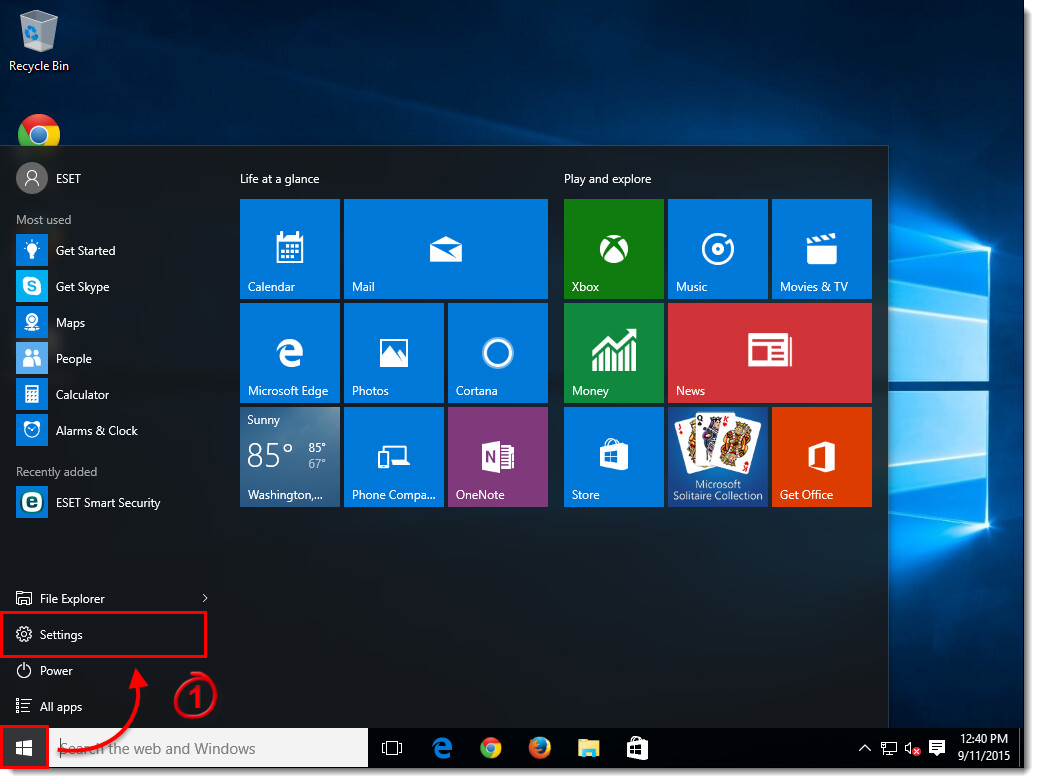

Windows Defender Antivirus makes extensive use of our cloud-based detection, advanced real-time heuristics, and integrated reputation-based identification of files, URLs, and emails. It is a core part of the security and protection capabilities in Windows 10, and operates as an Endpoint Protection Platform (EPP) alongside Windows Firewall, Device Guard, and other security technologies in Windows 10. Windows Defender Antivirus is a built-in antimalware solution that provides antimalware protection for PCs running Windows 10 and servers running Windows Server 2016. It explains the important features available for both small and large enterprises in Windows Defender ATP's endpoint protection capabilities, and how they will increase malware detection and protection across your network. Type the following in Command Prompt and press Enter: DISM.If you’re an enterprise security administrator, and you want to determine how well Windows Defender Antivirus & Windows Defender Exploit Guard protects you from viruses, malware, and potentially unwanted applications, then this guide is for you.Select Yes in the User Account Control prompt.Right-click Start and choose Command Prompt (Admin).Luckily, Windows includes a tool that you can use to find and fix all the faulty system files on your computer. When Windows system files become corrupt, you experience unexpected issues on your machine, including Defender not working. In this case, manually verify your app list and remove the apps that you believe are suspicious. If you can enable and use Defender when you’ve clean booted your PC, one or more of your installed apps are the culprit. You can verify that by clean booting your system, which only loads the essential system files to turn on your PC. One possible reason Windows Defender isn’t working is that your other installed apps are causing interference with the tool. Find Security Center in the service list on the right.Ħ.Type the following and press Enter: services.msc.You can try turning off and turning on this service to resolve your problem. One of these is a Security Center service, which is related to the Windows Defender tool. Windows uses various services to keep your PC’s functions running. Use the appropriate tool from the list on your PC and get rid of your antivirus tool’s leftover files. These tools dig deeper into your system’s directories, find the files associated with your antivirus, and delete those files. Microsoft has published a list of cleanup tools that you can use to remove an antivirus program from your PC completely. If the issue persists, try cleaning up your antivirus’ leftover files to fix the problem.ĭelete a Third-Party Antivirus’ Leftover Files When your PC turns on, launch Windows Security and see if Defender is working.


 0 kommentar(er)
0 kommentar(er)
